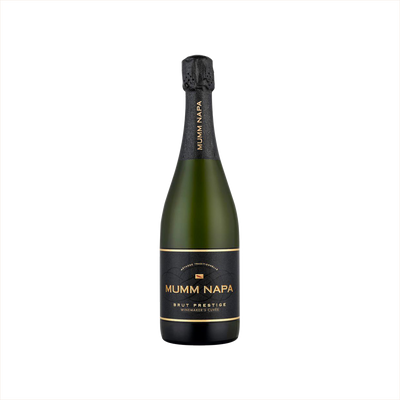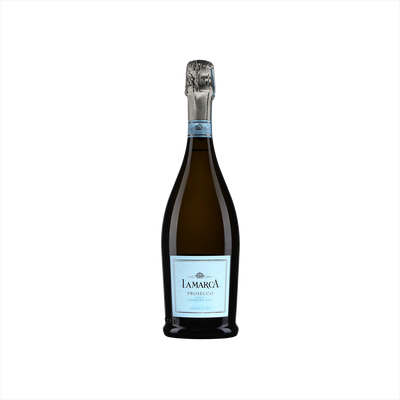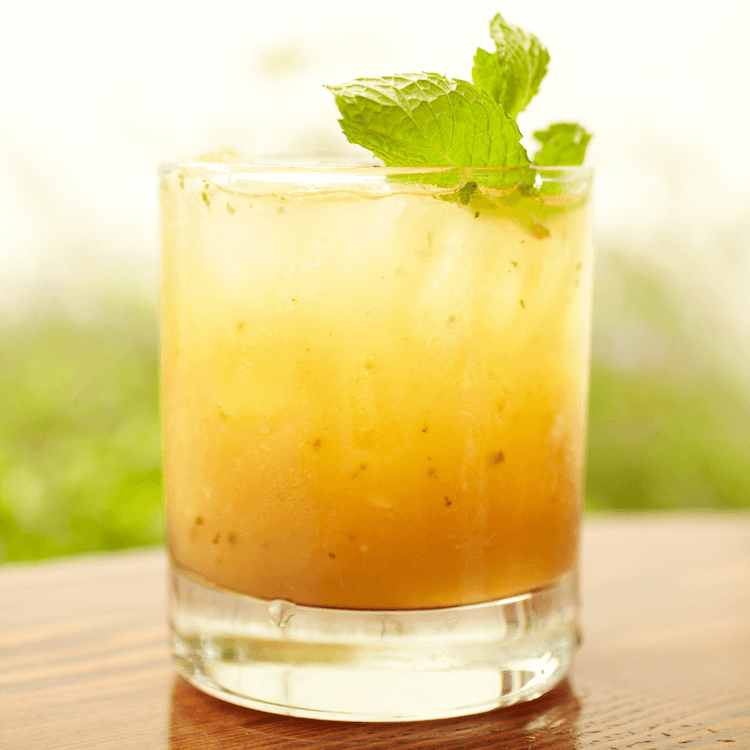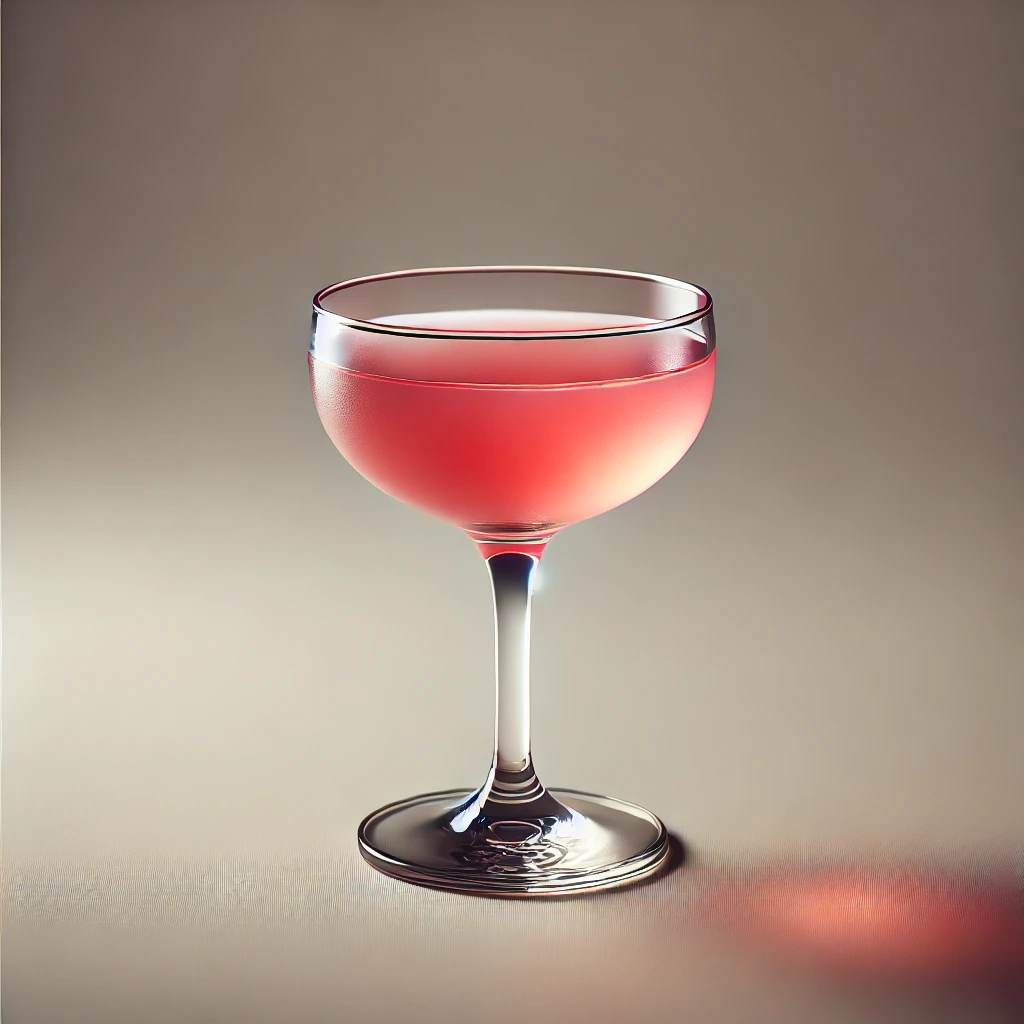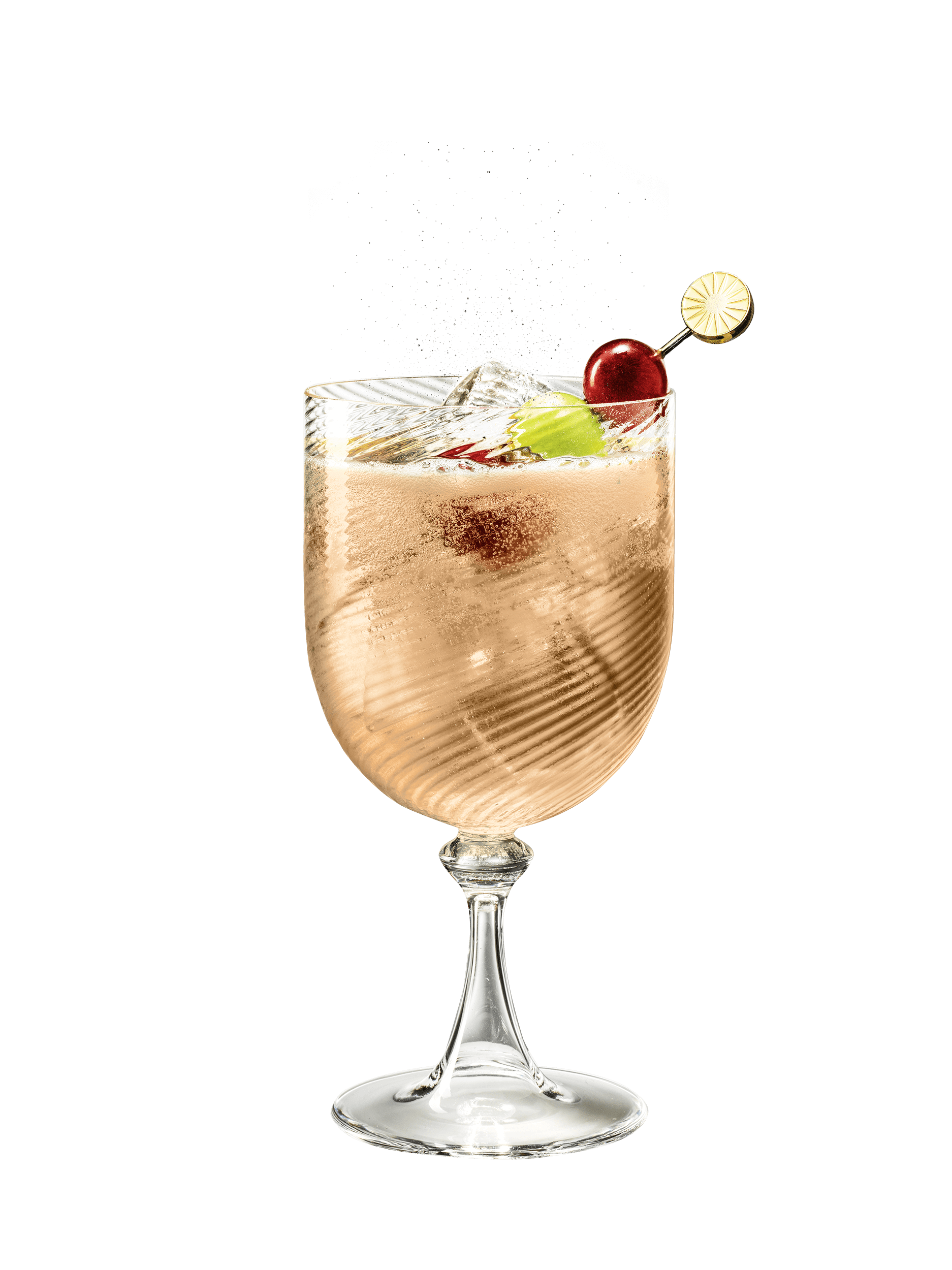Sparkling Wine
What is Sparkling Wine?
Sparkling wine is a festive, effervescent wine that falls outside the All Spirits category since it's not distilled but rather fermented like traditional wine. What makes it special is the carbon dioxide that creates those signature bubbles, achieved through various methods like the traditional méthode champenoise or tank fermentation. From Champagne and Prosecco to Cava and American sparkling wines, these bubbly delights are defined by their lively carbonation and celebratory nature, making them perfect companions to cocktail culture even though they're wines at heart.
Learn More About Sparkling Wine
What are the different types of Sparkling Wine?
Sparkling wine breaks down into several key categories based on production method and sweetness level. The primary production methods include traditional method (méthode champenoise), tank method (Charmat), and transfer method, with traditional method creating the finest, most complex bubbles through secondary fermentation in the bottle. Sweetness levels range from bone-dry Brut Nature and Extra Brut to the dessert-like Doux, with most premium sparklers falling into the Brut category that balances crisp acidity with just a touch of residual sugar.
How is Sparkling Wine made?
Sparkling wine gets its signature bubbles through a second fermentation process where yeast and sugar are added to still wine, creating carbon dioxide that becomes trapped in the liquid. The most traditional method, called Méthode Champenoise or Méthode Traditionnelle, involves this secondary fermentation happening right inside the bottle, followed by a process called riddling where bottles are gradually rotated and tilted to collect sediment in the neck before it's removed. Alternatively, the Charmat method conducts the second fermentation in large pressurized tanks before bottling, which is faster and less expensive but produces a different style of bubbles.
What does Sparkling Wine taste like? What does Sparkling Wine bring to a cocktail?
Sparkling wine offers a spectrum of flavors from bone-dry and mineral-driven to fruity and off-dry, with crisp acidity and those signature bubbles creating a lively, effervescent mouthfeel. The bubbles themselves carry aromatics directly to your nose while the wine's natural acidity provides a clean, refreshing finish that can range from tart green apple and citrus notes to richer stone fruit and brioche characteristics depending on the style and production method.
In cocktails, sparkling wine adds instant sophistication and textural complexity - those bubbles lighten heavy ingredients while the wine's acidity balances sweet liqueurs and syrups beautifully. It transforms simple mixed drinks into celebratory libations and provides a effervescent backbone that makes other flavors pop while contributing its own subtle fruit and mineral notes to the overall profile.
How do you drink Sparkling Wine? In what kind of cocktails does Sparkling Wine shine?
Sparkling wine is fantastic on its own, served chilled in a flute or coupe glass to preserve those beautiful bubbles and concentrate the aromatics. The effervescence makes it a natural mixer for cocktails where you want to add lightness and celebration - think classic Bellinis with peach purée, French 75s with gin and lemon juice, or simple Kir Royales with crème de cassis. Sparkling wine also works brilliantly in punch bowls and spritzes, where its bubbles lift other ingredients and create that festive, party-ready vibe we all love.
What are fun ways to drink Sparkling Wine?
Sparkling wine transforms into party-perfect jello shots that keep their fizz if you add the bubbly after the gelatin has cooled but before it fully sets. You can also freeze it into elegant popsicles with fresh berries or herbs, creating a sophisticated frozen treat that adults actually want to eat. Beyond frozen fun, sparkling wine works beautifully in desserts like champagne sabayon, sparkling wine granita, or even as a liquid component in light cakes where the bubbles add texture and the wine contributes a bright, acidic note that balances sweetness.
How has Sparkling Wine been depicted in culture?
Sparkling wine has long served as the ultimate symbol of celebration and luxury in popular culture, from the classic champagne toast at weddings to the dramatic cork-popping scenes in countless Hollywood films. Literature and art have consistently portrayed bubbly as the drink of choice for the wealthy elite, with authors like F. Scott Fitzgerald using champagne to represent the excess and glamour of the Jazz Age in "The Great Gatsby." Modern media continues this tradition, with sparkling wine appearing as shorthand for success, romance, and special occasions in everything from rap lyrics celebrating achievement to romantic comedies where champagne flutes signal impending proposals.
Nutritional Information
Typical Calorie Range per Ounce: 20-25 calories
Typical Carbohydrate Range per Ounce: 0.6-2.5 grams
Typical Sugar Range per Ounce: 0.2-2.0 grams
Typically Gluten Free: Yes
Sparkling wine is naturally gluten-free since it's made from grapes, but production methods can vary between producers. Always check detailed product information or contact the manufacturer directly to confirm gluten-free status, especially if you have celiac disease or severe gluten sensitivity.
Scrolled this far? Your reward? Sparkling Wine Trivia!
- The pressure inside a Champagne bottle is roughly the same as inside a car tire – about 90 pounds per square inch. This explains why the cork can shoot out at 40 miles per hour and why Dom Pérignon supposedly said he was "drinking the stars" when he first tasted his creation. That intense pressure creates those tiny, persistent bubbles that tickle your nose.
- Napoleon Bonaparte took 12,000 bottles of Champagne with him when he invaded Russia in 1812. He believed bubbly would keep his officers' morale high during the brutal campaign. Ironically, after his defeat at Waterloo, he stopped at his favorite Champagne house, Moët & Chandon, for one last glass before heading into exile. Talk about priorities.
- The world's oldest drinkable Champagne was discovered in a shipwreck from the 1840s – and it still tasted incredible when opened in 2010. The cold, dark, pressurized conditions at the bottom of the Baltic Sea created the perfect aging environment. Wine experts described it as having "tobacco and wet wool" notes, which sounds terrible but was apparently quite pleasant.
- Marilyn Monroe allegedly bathed in 350 bottles of Champagne to keep her skin soft and glowing. While this sounds like Hollywood excess, there's actually science behind it – the tartaric acid in Champagne can act as a gentle exfoliant. Though at today's prices, a Champagne bath would cost more than most people's cars.
- The bubbles in sparkling wine always rise in straight lines because of microscopic particles in the glass. These tiny imperfections, invisible to the naked eye, act as nucleation points where carbon dioxide gathers and forms bubbles. That's why a perfectly clean glass produces fewer bubbles – the CO2 needs something to grab onto. Professional tasters actually prefer slightly "dirty" glasses for better bubble formation.
Higher-proof spirits can be intense. Sip slow, taste thoughtfully, and enjoy responsibly.
Gift message (optional)

